India’s capital city is the best place to experience fun, food, and shopping. From the high ended malls to the street shopping Delhi is a good place for everything. The women of Delhi certainly keep setting their new trends and for that, they keep exploring the streets of Delhi to get the best iety and damn cheap rates. So to grab the best and the very nominal prices you must visit the streets of Delhi which are mentioned below.


Tucked away in a corner of Old Delhi is a market of winding alleys, ancient crumbling Persian motifs, whiffs of oriental spices, splattered with the vibrant colours of India. In aspiration, it has the stature of the grand bazars of the great Ottoman Empire. This is Chandini Chowk, which was first established by Mughal Emperor’s daughter Jahanara. The market was divided by canals, which were meant to reflect the moon. This city, and the market’s reputation for the finest of silver, gave it the name of Chandini Chowk. Today, India’s many cultures, religious identities, and histories find their home in its twenty-first century edifice.
1. Lassi at Amritsari Lassi Wala
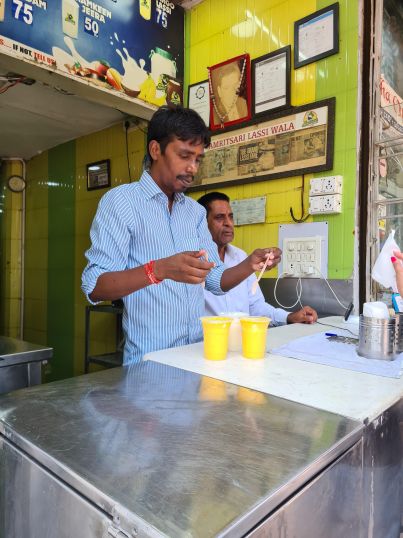
Any visit to Chandini Chowk must begin with a customary visit to the Amritsari Lassi Wala for an authentic glass of a Dilliwala’s lassi, made the Punjabi way. It comes in different flavours, but when it is in season, the mango lassi is strongly recommended.
2. Khari Baoli
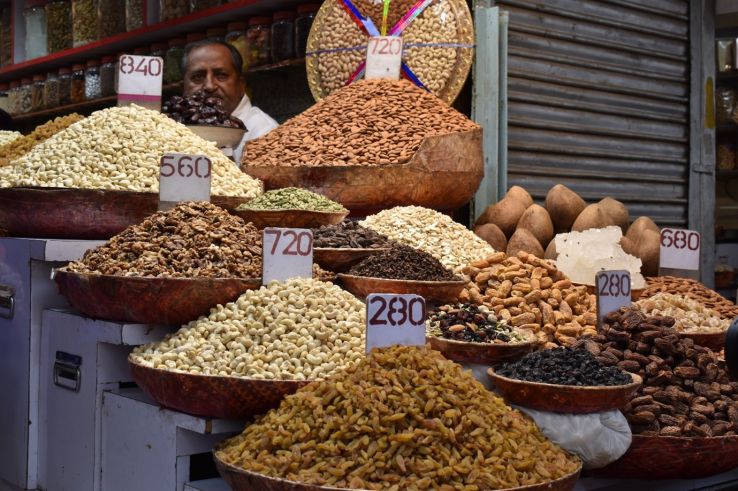
The most visible face of modern day Chandini Chowk is Khari Baoli, which is Asia’s largest wholesale market. It was first set up in the sixteenth century by Khwaja Abdullah Laazar Qureshi during the reign of Islam Shah, who was the son of Sher Shah Suri. But today’s merchant community, who run the spice market, migrated here during the 1930s, when the Punjab government issued a law cancelling the debts of all villagers. Many Agarwal merchants lost their businesses and migrated to Delhi. The modern-day Khari Baoli, with its quintessential flavours, pungent aromas, vibrant colours, stands testimony to their industry.
3. Fatehpuri Masjid
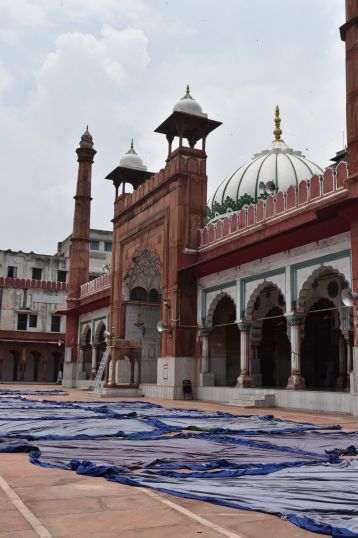
At the far end of Chandini Chowk is the Fatehpuri Masjid, which was built by Fatehpuri Begum, a wife of the Mughal Emperor Shah Jehan. Nothing much is known about her, except that she came from the town of Fatehpur. Yet, the monument she built still towers over the Chandini Chowk in red sandstone. Parallel to the Red Fort on the other side, it remains the most defining architectural feature of today’s Chandini Chowk.
4. Gurdwara Sis Ganj Sahib
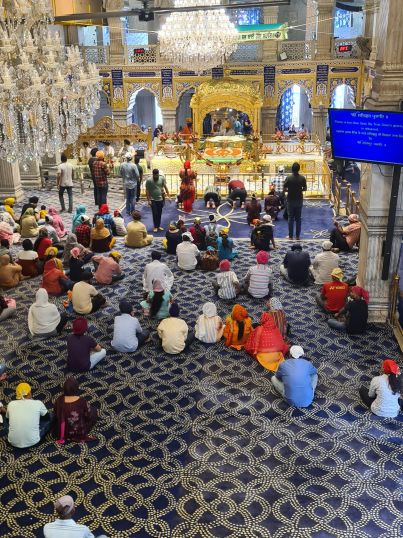
Located at the far end of Chandini Chowk, this gurdwara with its simple looking façade has a special place in Sikh history. It was at this spot that the ninth Sikh Guru, Guru Tegh Bahadur was beheaded by Emperor Aurangzeb. Subsequently, a small shrine was built here by Baghel Singh Dhaliwal in 1783, which alternated as a gurdwara and a mosque in different points in history. But after the Revolt of 1857, the shrine was handed over by the British to the Sikhs to recognize their support, which had made it possible for the British to crush the rebellion. It would then expanded into the current structure by the Sikh community. Before its construction, the gurdwara was the site of a Mughal era kotwali or police station, which was demolished by the British, and the land was handed over to the Sikhs. Today, you can participate in both the langar and seva at the gurdwara.
5. Shri Gauri Shankar Mandir
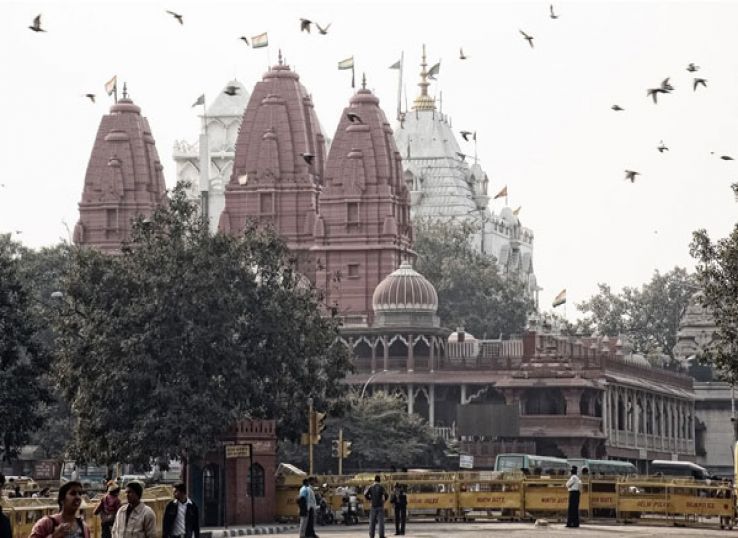
Even on this ground of contested religious identities, it is perhaps only in India that you can still expect to find a temple, a mosque, a gurdwara, and a Jain temple thriving side by side. This 800-year-old Hindu temple in Chandini Chowk, dedicated to Shiva and Parvathi is believed to be the oldest Shiv Temple in Delhi. It is said to have been built by the Maratha warrior Apa Ganga Dhar as a symbol of his gratitude when he miraculously sustained the critical wounds he had received in battle.
6. Ghalib ki Haveli
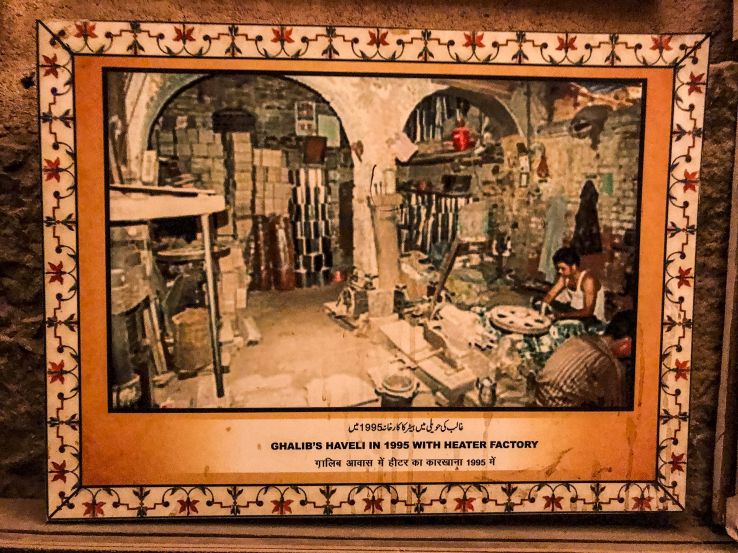
This is not strictly speaking in Chandini Chowk. But a small detour from the market can bring you to Ghalib ki Haveli. This was the official residence of the most famous of Mughal poets after he moved from Agra to Delhi. The structure has been converted into a museum, and entry is free.
7. Paranthe Wali Gali
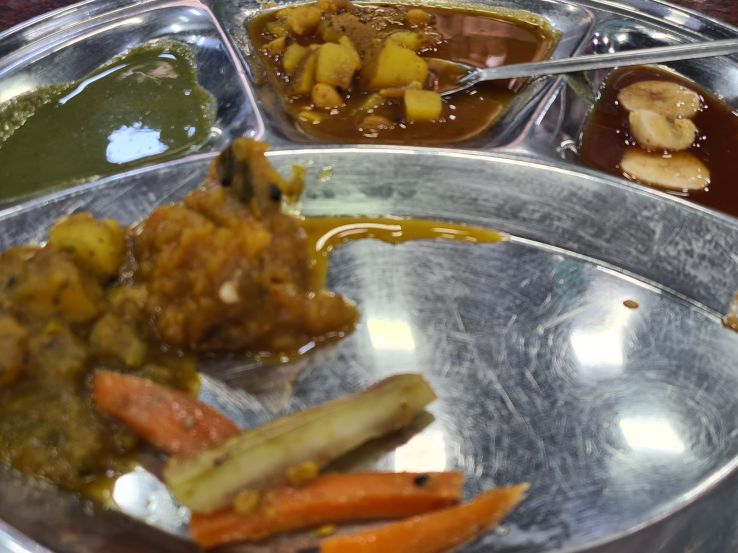
Finally, no visit to Chandini Chowk is complete without a visit to Paranthe Wali Gali. The first parantha shop was opened here by Pandit Gaya Prasad Paranthewala in the 1870s. His style of making paranthas became so popular that it spawned an entire street dedicated to the craft. It is said that his style combined the Punjabi parantha with the Bedmi poori. But these technicalities aside, for the layman, the okhra, paneer, and potato stuffing make the paranthas unique, along with its servings of potato curry and tamarind-banana chutney.
Recommended For You
-
 Best Places to Stay During Kumbh 2025: From Tents to Luxury Hotels
Best Places to Stay During Kumbh 2025: From Tents to Luxury Hotels
-
 The Ultimate Guide to Maha Kumbh Mela 2025 at Prayagraj
The Ultimate Guide to Maha Kumbh Mela 2025 at Prayagraj
-
 Understanding the Importance of the Sangam: The Confluence of Faith
Understanding the Importance of the Sangam: The Confluence of Faith
-
 The History and Mythology of Kumbh Mela: A Journey Through Time
The History and Mythology of Kumbh Mela: A Journey Through Time
-
 Best Places to Eat in Goa: Indulge in a Culinary Delight
Best Places to Eat in Goa: Indulge in a Culinary Delight
-
 The Future of Drone Tourism: How Drones are Changing the Travel Industry
The Future of Drone Tourism: How Drones are Changing the Travel Industry
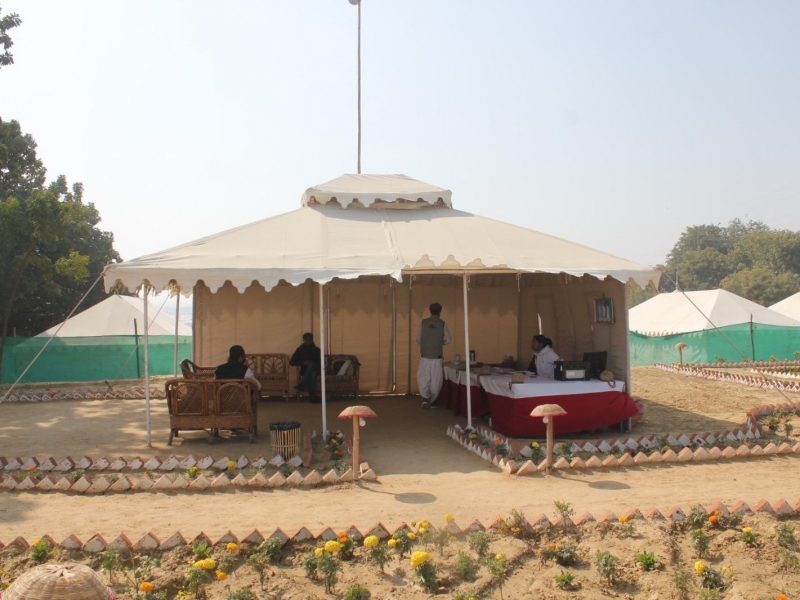
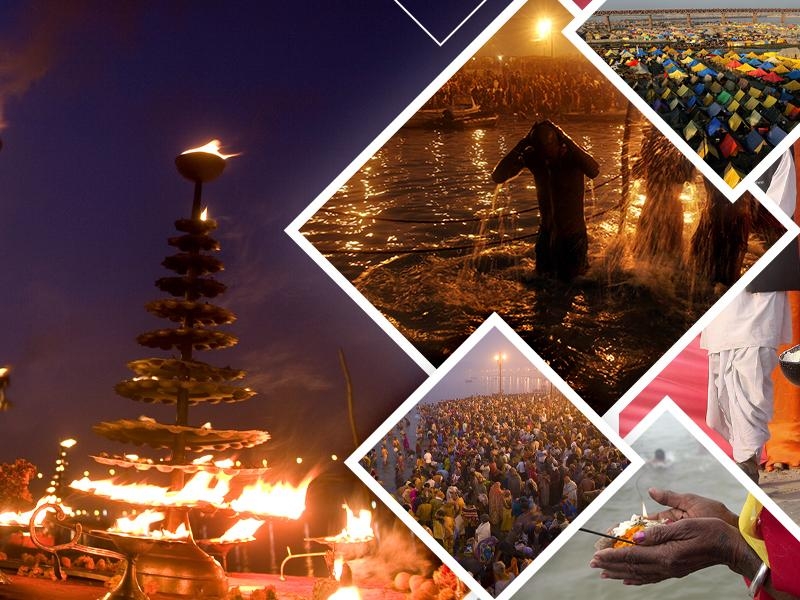
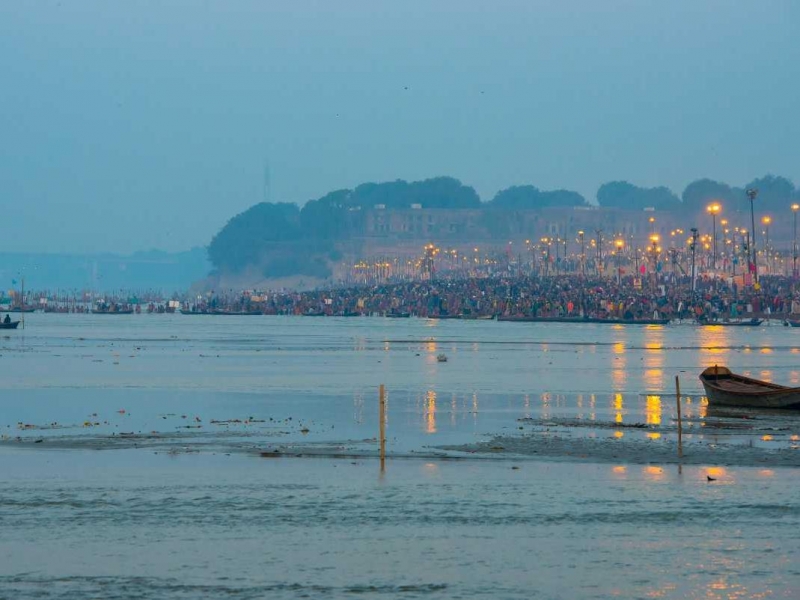
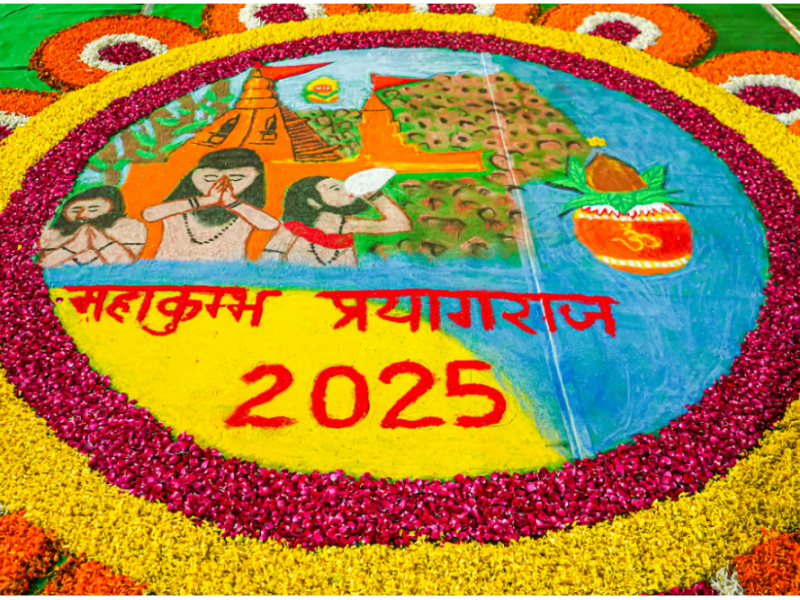


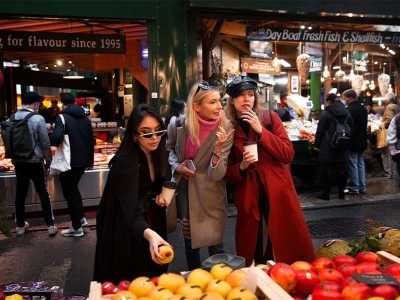

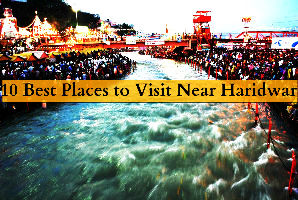
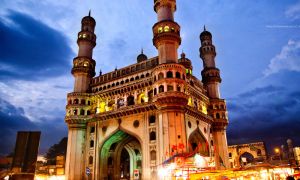

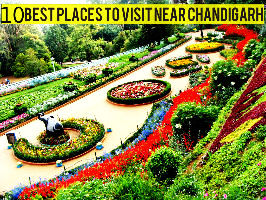
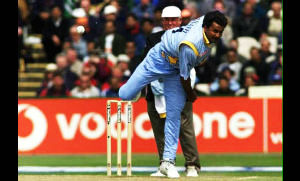


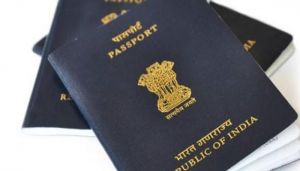



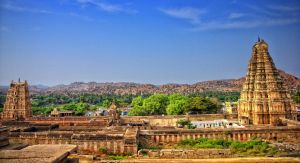
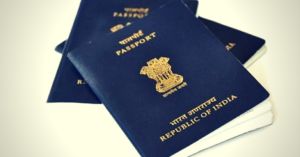


Author Bio